Bermuda: The America’s Cup Investment
Published on June 23rd, 2017
Bermuda has invested heavily in the America’s Cup, and they hope it doesn’t go sailing away. In this report by Christopher Clarey for the New York Times, he looks at the issues.
As sailing fans wait for the America’s Cup to be decided, quite a few sea turtles are waiting, too.
Oracle Team USA’s surprising decision to defend yachting’s most prestigious trophy in tiny Bermuda instead of in the United States has had many knock-on effects: A small island has been created in the Royal Naval Dockyard as a site for the America’s Cup village. Elsewhere, historic buildings have been renovated; hotel projects greenlighted; super-yacht slips constructed; and lots of overtime worked at hotels, restaurants and government offices.
But few lives have been disrupted as thoroughly as those of the sea turtles that normally reside in the Great Sound, which is being used as the racecourse for this America’s Cup.
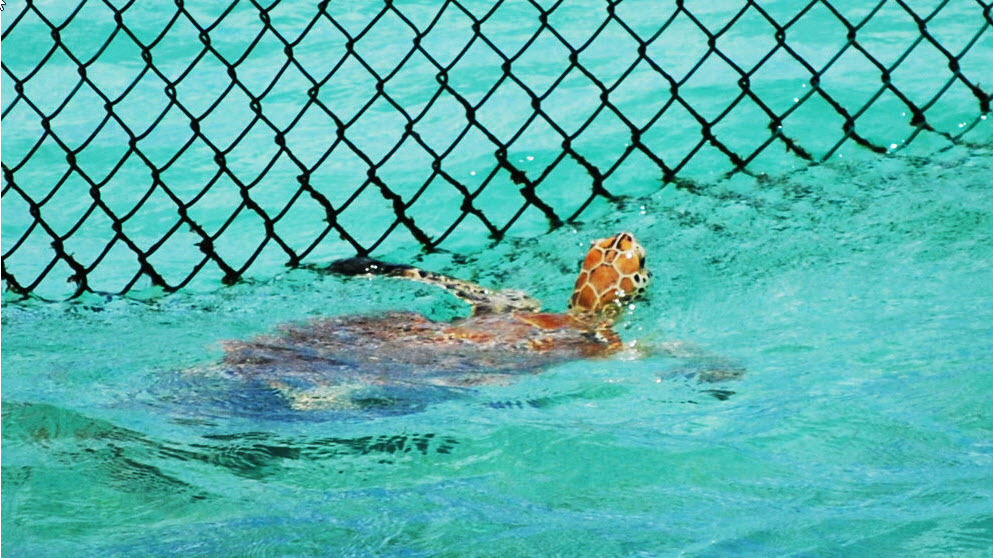
Sea turtles are being temporarily kept in an enclosure to prevent them from being harmed during the race. ©Melissa Robie.
Turtles surface regularly, which puts them at risk of collisions with the large spectator fleet and especially with the fast AC Class foiling catamarans. Many turtles were caught and relocated in May, and although plenty have been spotted on the Great Sound this week, scores more reside in a temporary chain-link enclosure in the waters of Harrington Sound behind the Bermuda Aquarium, Museum and Zoo.
On Tuesday (Jun 20), a majority of the detainees pressed their beaks to the edge of the fence, looking in the direction of open water and freedom.
“They won’t have to wait much longer,” said Bryan Simons, 33, a boat captain who regularly dodges turtles in the Great Sound.
The America’s Cup match between Oracle and Emirates Team New Zealand could be over by Sunday if the New Zealanders, who lead 3-0, can sweep the four scheduled weekend races to win the series. The match could be extended and decided as late as June 28 if Oracle manages to improve its boat speed during this week’s five-day break. Oracle and its combative skipper, Jimmy Spithill, rallied from a much bigger deficit to defend against New Zealand in San Francisco in 2013.
“Hopefully, Jimmy can do what he did last time,” Mike Winfield, the chief executive of the America’s Cup Bermuda Development Authority, said in an interview Tuesday.
Team New Zealand appears to have more support at the cup village, where hundreds of Kiwi fans have gathered before and after races. But many Bermudans, understandably concerned with their return on investment, are in Oracle’s camp even if they are not as demonstrative as the Kiwis.
If Team New Zealand reclaims the trophy after a 14-year chase, it plans to stage the next defense at home in Auckland. If Oracle wins, there is still an outside possibility that the cup could stay in Bermuda — although Chicago, which bid for this year’s event, has continued to show interest in staging the next one on Lake Michigan, in 2019.
“Look, we’re not bright, shiny object chasers,” said Peter Durhager, chairman of the development authority. “This is about a very methodical process and what makes sense for Bermuda.”
He said he could also imagine a scenario where the cup organizers put the next match elsewhere and “the teams stay here and practice year-round and use Bermuda as a base.”
Durhager and Winfield — along with Grant Gibbons, Bermuda’s minister of economic development — were instrumental in bringing the cup to Bermuda. They initially thought Russell Coutts, Oracle’s former skipper and now head of the America’s Cup Event Authority, was using them as a stalking horse to extract better offers from American bid cities. Since the cup began in 1851, no American team had chosen to defend the trophy outside the United States.
But Coutts, a New Zealander working for Larry Ellison, Oracle’s billionaire owner, could not get the financial package he was seeking in the United States and also liked the idea of the regatta’s being the big fish in a small pond after it struggled for traction in San Francisco in 2013. Coutts and Ellison picked Bermuda, which agreed to pay $15 million as the cost of entry and underwrite a $25 million guarantee against commercial sponsorship.
Durhager expects the $25 million figure to fall to $15 million to $20 million, he said, because of an agreement allowing Bermuda to receive a certain percentage of any sponsorship it introduces.
Including capital and operational expenditures initially estimated at $40 million, Durhager puts Bermuda’s investment in the cup at $77 million, although some opposition politicians here think the figure will turn out to be significantly higher. Such an investment would be a small one for a large, developed country, but it is a big ask for an isolated British overseas territory with a population of about 65,000 and a transaction-based economy that has been in the doldrums in recent years.
So was it worth it? It will take years to know, but there will be a referendum of sorts with Bermuda’s premier, Michael Dunkley, having called a snap general election for July 18.
Dunkley has been a strong supporter of the cup and even donned a helmet and flak jacket and sailed on the foiling AC50s during training. At a dinner last week at Bermuda’s Government House, he lobbied Coutts and the cup community to keep the event in Bermuda.
There are concerns here about “two Bermudas” and a growing gap between the largely white elite and the predominantly black lower-income population. The cup, long a magnet for tycoons like Ellison, is a playground for the elite, but the success of Bermuda’s ethnically diverse Red Bull Youth America’s Cup team, which unexpectedly reached the finals here, has generated enthusiasm across the divide in Bermuda.
So has the Endeavor program, a youth education and sailing program run by the America’s Cup that has engaged more than 1,500 students under the age of 13 in Bermuda. The program’s dinghies with pink sails have become a regular sight in the waters here.
It is uncertain whether the event will generate a longer-term uptick in youth sailing. For now, if you say “cup match” here, Bermudans still think first of the annual intra-island cricket match between Somerset and St. George’s.
What is clear is that in a country this small — only about 21 square miles — it should be easy to measure the impact of the other cup.
“We are a good petri dish,” said Durhager, who has projected $240 million in economic impact linked to the America’s Cup.
With a number of new high-end yachting facilities built for the event, Bermuda’s leaders want to attract more of the lucrative super-yacht trade as affluent sailors transit between the United States or the Caribbean and Europe.
In a pricey country ill-suited to the budget traveler, Bermuda’s leadership also wants an increase in individual tourism, arriving by flight, rather than relying predominantly on the cruise-ship trade. It wants more significant international regattas — perhaps a Volvo Ocean Race stopover — and more competitions. Durhager said the International Triathlon Union had agreed to hold several events here “on the back of the America’s Cup.”
Above all, Durhager said, he hopes the effort involved in the archipelago’s staging the biggest sports event in its history will boost Bermudans’ confidence.
“Eighteen months ago this was water,” he said proudly, as he walked around the cup village on Tuesday.
But Durhager also knows that 18 months from now, the America’s Cup could be 9,000 miles away in Auckland, perhaps never to return.
The turtles, however, should be back where they belong.
Overall Results*
Emirates Team New Zealand (3) vs ORACLE TEAM USA (0)
* Scoreboard: While the Challenger has won all four races, their match score is 3-0. The Defender, which won the Qualifiers held on May 26-June 3, began the series with a one point advantage. As the rules detail, the Challenger would carry a one point disadvantage (ie, minus 1), meaning they will need to win eight races to take the trophy whereas the Defender need only win seven races.
Schedule: The dates of the Match extend from June 17 to 28, though will end earlier when a team scores 7 points. The next race day is June 24 and will continue daily thereafter until there is a winner.
Event details – Results – Facebook
Here are the answers to these questions…
• What is the racing schedule? Click here
• What is the competition format? Click here
• How can I watch the racing? Click here


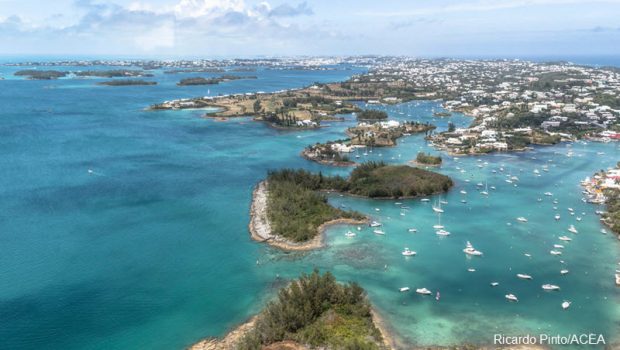

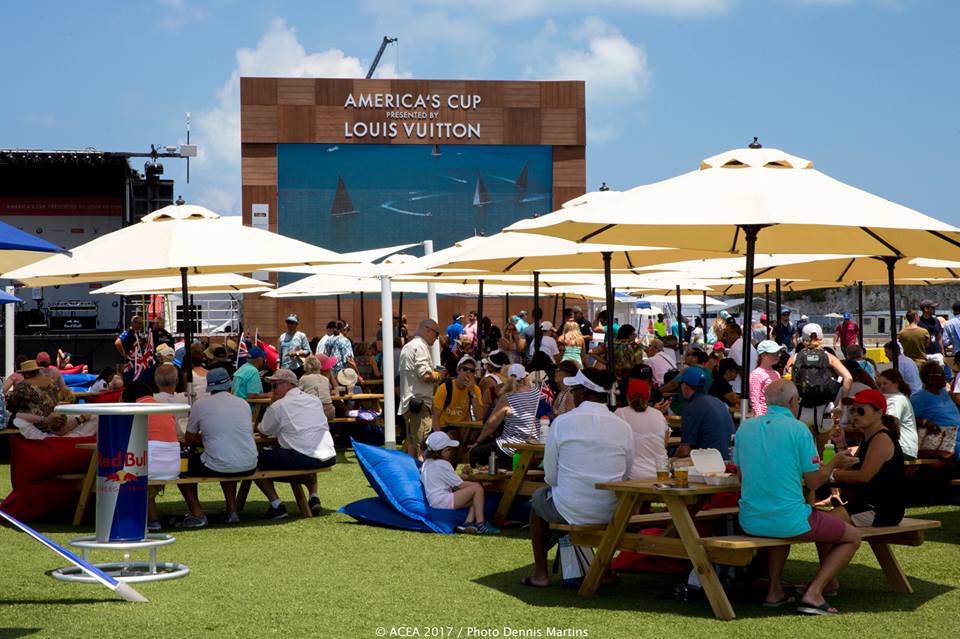
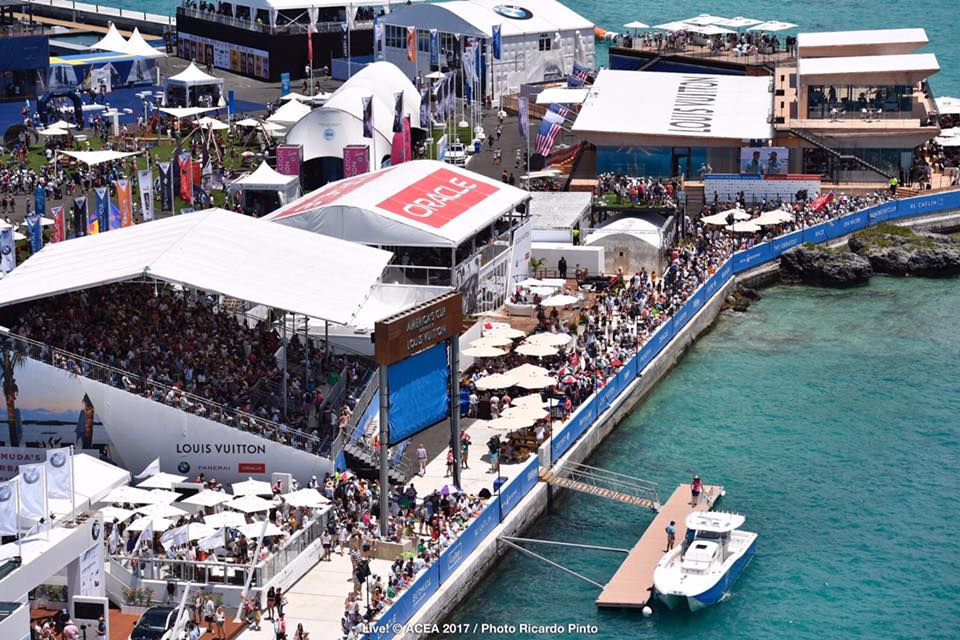

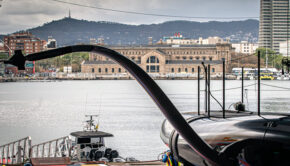
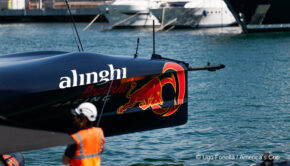
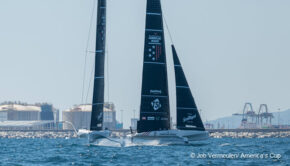

 We’ll keep your information safe.
We’ll keep your information safe.